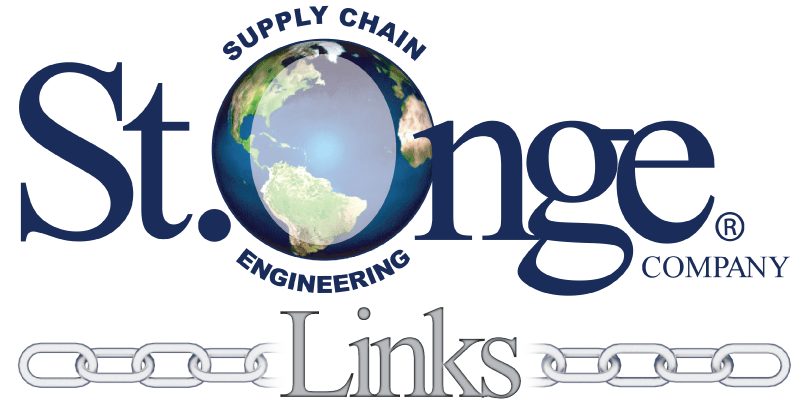 Strengthening your supply chain one link at a time.
Strengthening your supply chain one link at a time.
Can you streamline & cut costs in returns processing?
The National Retail Federation estimated that 16.5% of its 2022 in-store and on-line sales have been returned, amounting to almost $817 billion of the $495.5 trillion in total reported sales.1 One has to wonder at the percentage of those losses that can be attributed to the supply chain?
Whether manufacturers, distributors or retailers, few businesses are insulated from the task or cost of returns processing. Generally, returns are the by-product of marketing programs or merchandising policies, obsolescence, manufacturing quality problems, administrative snafus and warehousing or distribution center errors. Depending upon the industry, the impact can be substantial. For example, a major Northeast mail order house processes an average of 7000 returns per day! And, Amazon doesn’t even report its numbers. Returns account for 25% of inbound shipments at a well-known apparel company, while 20 to 25 personnel work on returns at a music and book distribution facility. What can you do about it? Not very much if returns acceptance is an integral part of your firm’s marketing strategy. However, you can and should insist upon early warning of programs and policies that may affect the warehouse or DC workload and efficiency. Many marketing, customer service, manufacturing and senior managers are unlikely to appreciate the impact of returns policies and programs on the warehouse or distribution center unless you tell them.
Clearly, returns processing requires considerably more time and effort than normal receipts. Depending upon the volume, they eat up space and increase both direct and indirect labor costs. Other costs include transportation (often the original outbound, return and reshipment cost), disposition, inventory carrying costs and write-off expenses. And don’t forget the costs associated with non-merchandise returns, i.e. pallets, totes, carts, racks, recyclable products, plastic and paper packaging, sorting, cleaning, freight, and the like. In other words, the logistics costs associated with your returns policy could easily mirror or exceed those for non-returned shipments. Further, the timeliness and efficiency of returns processing directly impacts your firm’s customer service image in the marketplace. The challenge is matching the cost of returns processing against the impact of the policy on increased sales, market share or other metrics management deems appropriate.
What can be done to contain costs and streamline processing? Here are some suggestions:
Some tips, each of which St. Onge can help you address:
––––––––––––––––––––––––––––––––––––––––––––––––––––––––––––––––––
1Appriss Retail and National Retail Federation 2022 Returns Survey, Sept. – Oct. 2022.
—John Hill, St. Onge Company